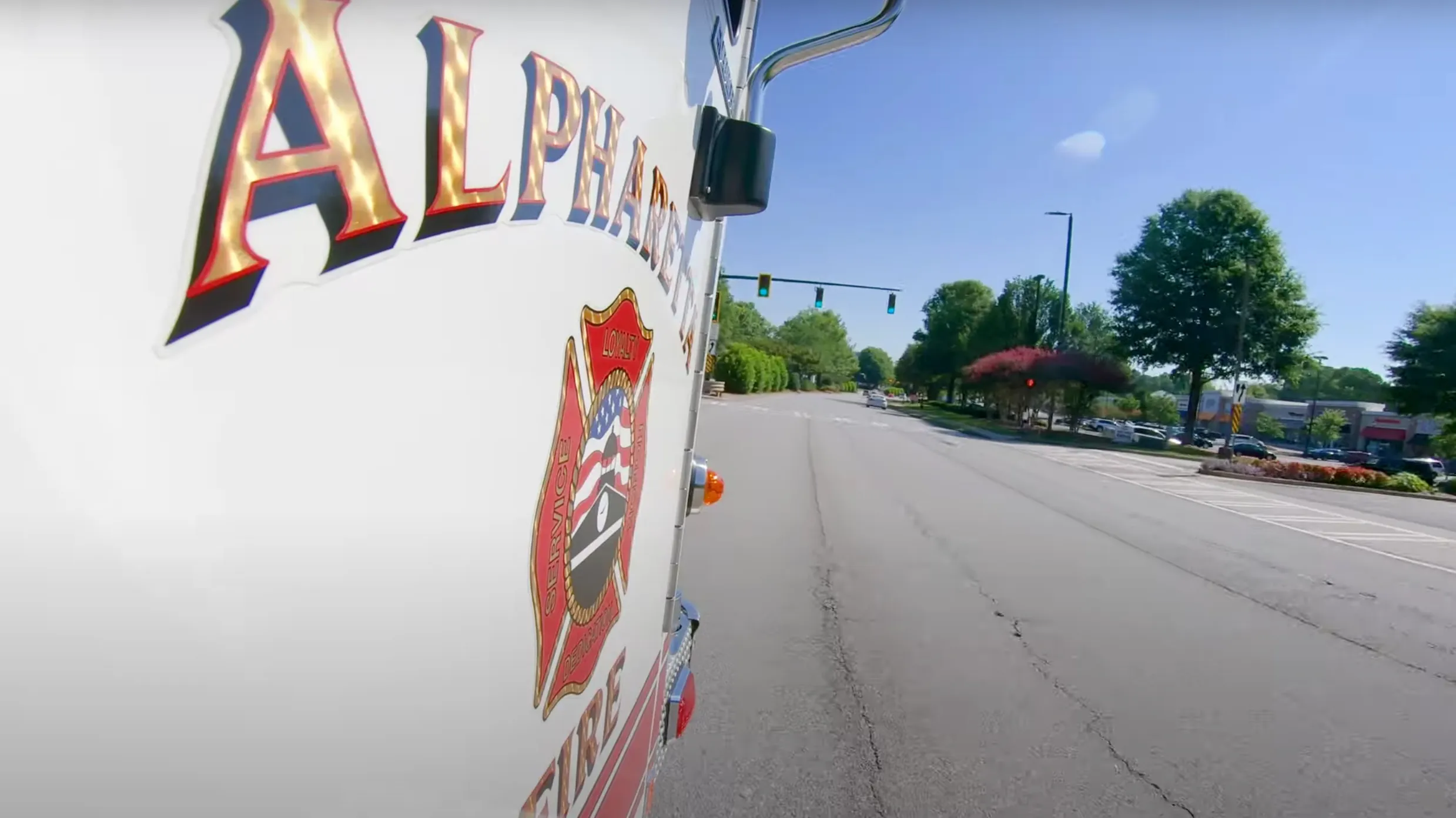Seattle Department of Transportation has chosen the Peel Traffic ATC-1000 controller for a King County Metro Rapid Ride corridor project. Rapid Ride is Seattle’s bus system; buses send signals to traffic lights so green lights stay green longer, or red lights switch to green faster. The systems have many advanced features including transit signal priority to help synchronise traffic lights with an approaching Rapid Ride bus, enabling the traffic signal controller to provide an effective transit priority re
September 21, 2012
Read time: 2 mins
Seattle Department of Transportation has chosen the Peek Traffic Corporation ATC-1000 controller for a King County Metro Rapid Ride corridor project.
Rapid Ride is Seattle’s bus system; buses send signals to traffic lights so green lights stay green longer, or red lights switch to green faster. The systems have many advanced features including transit signal priority to help synchronise traffic lights with an approaching Rapid Ride bus, enabling the traffic signal controller to provide an effective transit priority response to buses that are behind schedule.
“Traffic operations engineers from the City of Seattle and King County Metro closely studied the comprehensive transit priority module in the Peek ATC-1000 controller and determined that it was an appropriate choice for the project,” said Jon Meusch of Northwest Signal.
The ATC-1000 has built-in transit priority capabilities and utilises Peek’s GreenWave advanced controller software. According to Peek Traffic, it is the only controller software on the market that can run multiple traffic engines on the same platform, and switch between them without sending an intersection into flash mode. It has also demonstrated advanced capabilities in standards compliance and advanced data logging.
Rapid Ride is Seattle’s bus system; buses send signals to traffic lights so green lights stay green longer, or red lights switch to green faster. The systems have many advanced features including transit signal priority to help synchronise traffic lights with an approaching Rapid Ride bus, enabling the traffic signal controller to provide an effective transit priority response to buses that are behind schedule.
“Traffic operations engineers from the City of Seattle and King County Metro closely studied the comprehensive transit priority module in the Peek ATC-1000 controller and determined that it was an appropriate choice for the project,” said Jon Meusch of Northwest Signal.
The ATC-1000 has built-in transit priority capabilities and utilises Peek’s GreenWave advanced controller software. According to Peek Traffic, it is the only controller software on the market that can run multiple traffic engines on the same platform, and switch between them without sending an intersection into flash mode. It has also demonstrated advanced capabilities in standards compliance and advanced data logging.










